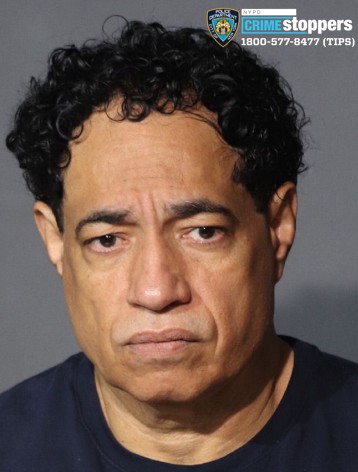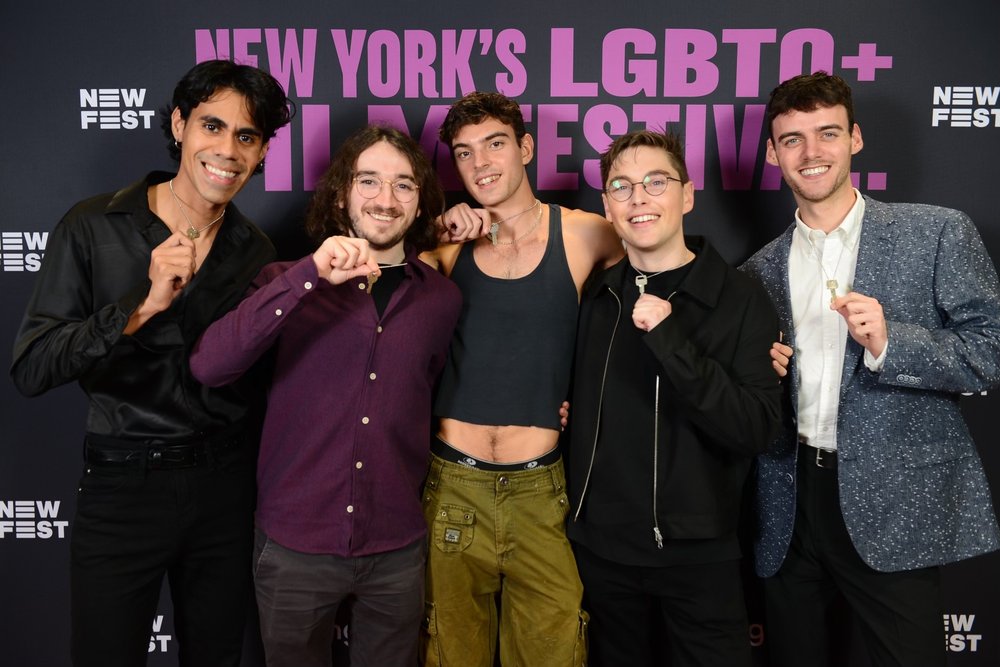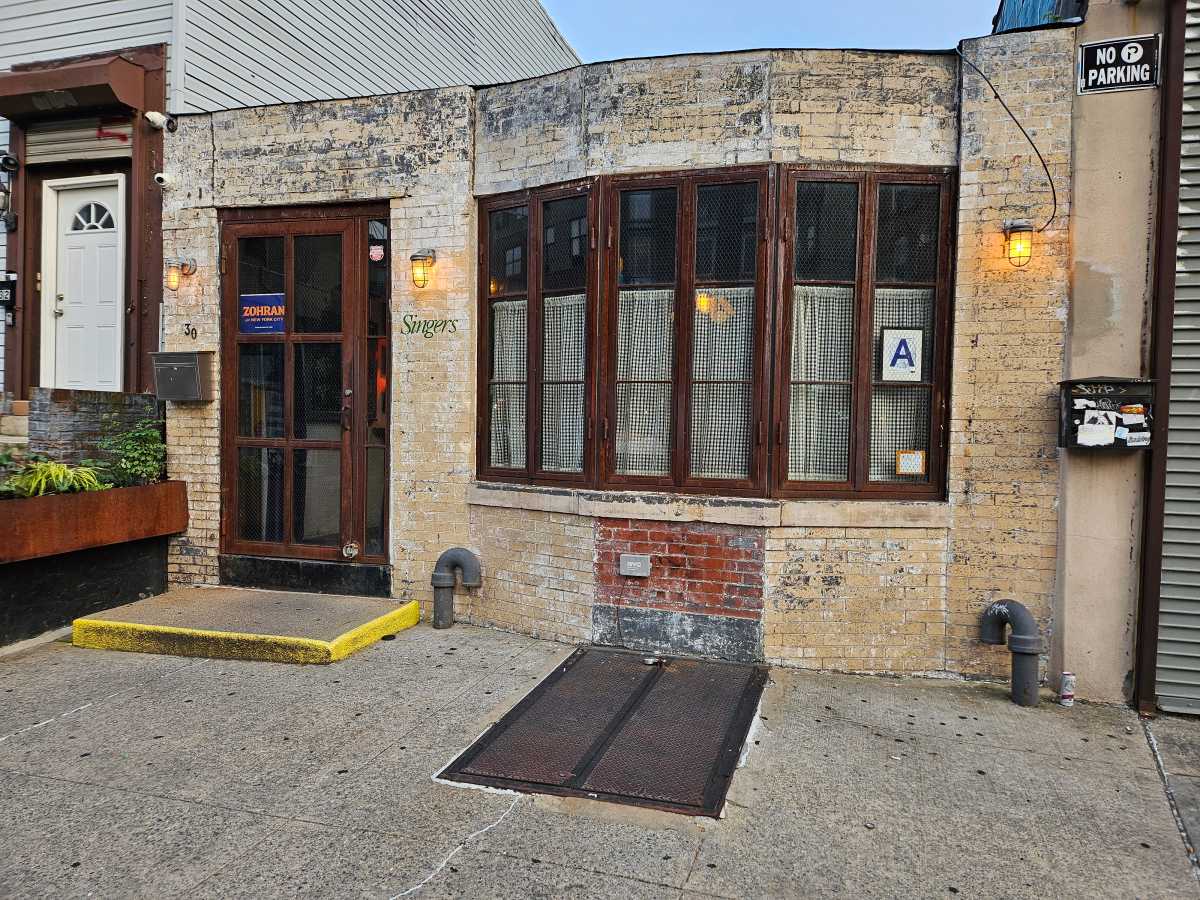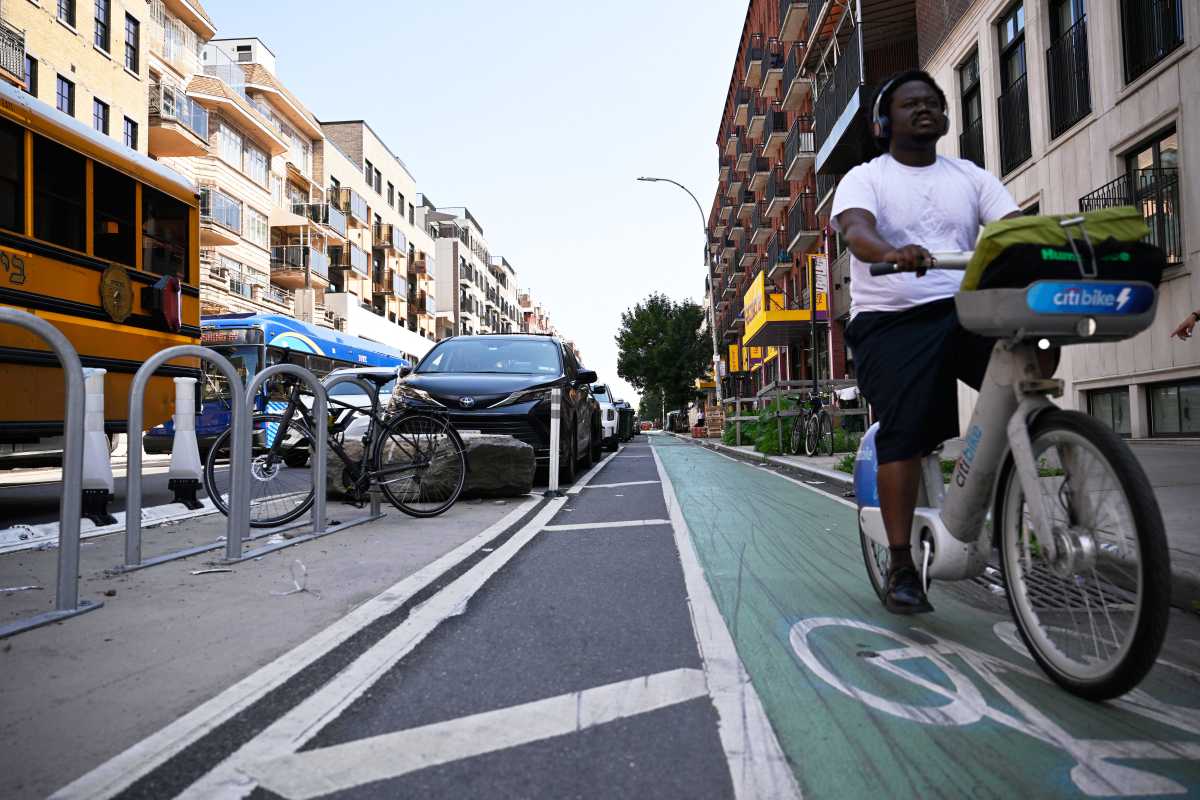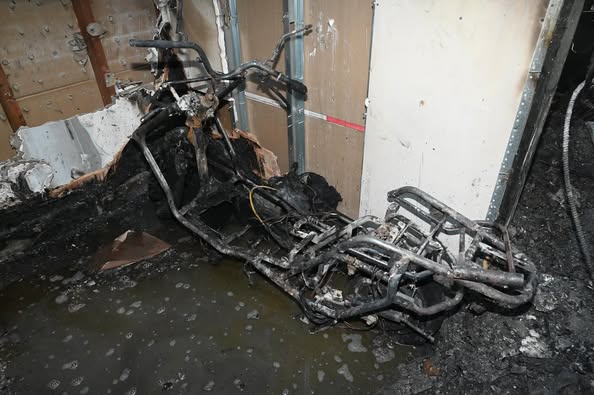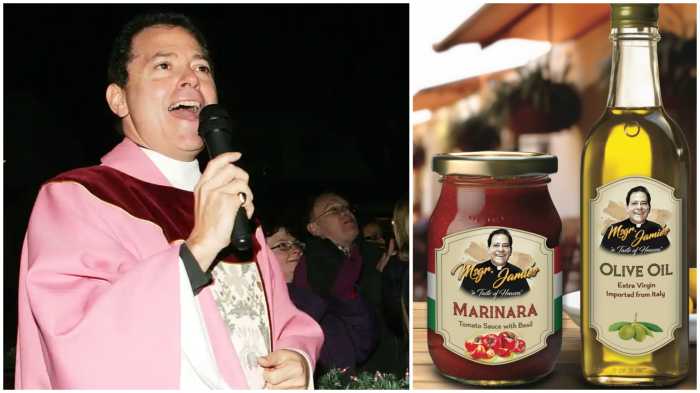By Julie Shapiro
A Lower Manhattan Development Corporation rendering and map from the Greenwich Street South concept of a few years ago show a park on Morris St., above, and possible development sites to fund the improvements.
The sales would bring a windfall to the city and a crop of new residents to a new neighborhood known as Greenwich St. South. But Community Board 1 members, wary of luxury high-rise developments that place increasing pressure on the neighborhood’s services, want to have a say in what happens next.
“We need to hear a plan before anything commences,” board member Anthony Notaro said at a recent meeting of C.B. 1’s Planning and Community Infrastructure Committee. New residents will place a heavier burden on the local schools, which are already stretched thin, he said.
The idea for Greenwich South grew out of a speech Mayor Michael Bloomberg gave about Lower Manhattan at the end of 2002. He described a new neighborhood south of the World Trade Center site along Greenwich St. The city would deck over the tunnel entrance and expand the adjacent garage, creating park space and pedestrian walkways. The project would be funded by developing five residential sites that would be purchased by the Metropolitan Transportation Authority.
The project would also make improvements to three modest plazas at Greenwich and Edgar Sts., Morris and Greenwich Sts. and near the mouth of the Battery Tunnel.
Not much has happened on Greenwich South since Bloomberg’s speech, but last fall the Lower Manhattan Development Corporation and the city announced that the first step would be to take action on the Battery Tunnel Garage. The city hopes to enlarge the garage to house 175 of the commuter and tour buses that inundate Lower Manhattan on a daily basis. The project would unlock enough air rights to bring new residential buildings into the neighborhood.
The C.B. 1 committee unanimously passed a resolution Feb. 7 exhorting the city to consult the board on Greenwich South, prior to publicizing the sale of air rights. In exchange for potential development, C.B. 1 wants to see affordable housing, park space and residentially appropriate retail.
The most important consideration, several board members said, is to keep the amenities local.
“If you’re going to give us so much massive development…the mitigation should be close by in Community Board 1,” Rick Landman said.
Pat Moore, a board member who lives in the area, said Greenwich South needs affordable housing, not luxury condos. She and several others want to require potential developers to put affordable housing in any new Greenwich South buildings, not elsewhere in the district or the city.
The Planning Committee’s resolution advocated both affordable housing and open space, and board members appear hesitant to say how to split the resources between the two goals.
“I don’t know if [either] would be negotiable,” Notaro said after the meeting. “Both are critical to Lower Manhattan.”
Any new housing should include an affordable component, Notaro said, but new housing also requires new services.
“What underlies everything is that you have to have all the infrastructure to support [the residents],” Notaro said. “Open space, school seats — all that goes into making the neighborhood livable.”
Ro Sheffe, another board member, agreed, saying that the community needs more than just affordable housing and open space.
“The list is longer than those two items, and they’re all No. 1,” Sheffe said in a phone interview. “Downtown’s infrastructure is simply not set up to handle a tremendous influx of new residents.”
However, Sheffe said that if someone forced him to choose, he’d advocate for open space first, because it’s easier to achieve. “Affordable housing is a much, much more difficult nut to crack in terms of persuading developers to incorporate it into their planning,” he said.
Julie Menin, chairperson of C.B. 1, said the board should not have to choose between potential amenities.
“We’re going to aggressively push for both of them,” she said in a telephone interview. Since the city doesn’t know how much it will cost to build the park space, it’s too soon to say how much money should be allocated for the different goals, she said.
When the L.M.D.C. first presented the idea of decking over the tunnel entrance several years ago, a park was part of the plan, Menin said. More recently, Avi Schick, chairperson of the L.M.D.C. and president of the Empire State Development Corp., “has made it clear that affordable housing is a priority,” Menin said.
In an e-mail this week, Michael Murphy, spokesperson for the L.M.D.C., also highlighted the agency’s commitment to affordable housing in the context of new development.
For Jeff Galloway, chairperson of the Planning Committee, the resolution recalled the board’s previous battle with Time Equities Inc., the developer of 50 West St., who wanted to build a tall condo in Greenwich South by buying air rights from the city. Time Equities initially refused to include any affordable housing at 50 West St. or donate any money to an affordable housing fund.
“This [resolution] is specifically trying to avoid that,” Galloway said.
Last fall, City Councilmember Alan Gerson brokered an agreement to allow Time Equities to buy 183,000 square feet of air rights from the city for a luxury condo and hotel building. In return, Time Equities agreed to put $5 million into an affordable housing fund for Lower Manhattan, and the city added $1.7 million. Time Equities also bought laptops for I.S. 89 and paid for tech support, freeing up space for an extra classroom.
When the city demapped a small street to create the air rights for 50 West St., there were an extra 190,000 square feet that Time Equities was unable to use. Another developer could still purchase these air rights to create additional high-rise housing, a concern C.B.1 raised last year while it was debating 50 West St.
Galloway and others see the Planning Committee’s resolution as a proactive step — rather than waiting for developers to present proposals, the board is setting out a primer for them, suggesting the amenities the community needs.
The board may have a while to wait before hearing those proposals, since the city has taken little action since Bloomberg’s speech over five years ago.
When asked about the project, John Gallagher, spokesperson for the mayor, said that for now, the city is focusing on one component: the Battery Tunnel garage.
Schick described the plan at a Crain’s breakfast last October. The city hopes to enlarge the parking garage on West St. by the Battery Tunnel so that it can hold 175 commuter and tour buses. To do this, the city could take a lane from the entrance of the tunnel and use the space for the garage.
“The city would like to make this happen if possible,” Gallagher said in an e-mail.
Expanding the garage would create 2.5 million square feet of residential development air rights, said Murphy, of the L.M.D.C. The L.M.D.C. is currently working with the city and the M.T.A. on designs for the garage, Murphy said
C.B. 1 has been pushing for a bus garage for years — in fact, a garage for commuter and non-World Trade Center tour buses was No. 2 on the board’s list of capital priorities, adopted last fall after Schick expressed interest in the idea.
“It’s another very badly needed amenity for the neighborhood,” said Sheffe, a board member.
Buses currently idle illegally all over Lower Manhattan’s streets, slowing traffic and polluting the air. Community members hope the bus garage will get buses off the street, but if the drivers have to pay to park in the garage when they could stay on the street for free, there might not be enough of an incentive for buses to use the garage.
“This is something that would have to be worked out as the project moves forward,” Murphy said in an e-mail. “Once there is ample off street parking we expect that the city would vigorously enforce regulations that are now being ignored.”
Several community board members had ideas for enticing bus drivers to park in the garage. The city could subsidize the garage, Sheffe suggested. Or the garage could include a coffee room for the drivers, with a TV, so they have somewhere comfortable to wait, said Catherine McVay Hughes, chairperson of the C.B. 1 World Trade Center Redevelopment Committee.
Hughes also suggested that the Port Authority create incentives for tour buses to park in New Jersey and have tourists take the PATH trains into New York.
“We want to make sure people can get here as easily as possible,” Hughes said, “but we also want to make sure it’s a pleasant experience for everyone involved.”
Julie@DowntownExpress.com












